 TECH
TECH

Committing to a Professional Restoration Requires Homework, Patience, and a Big Leap of Faith
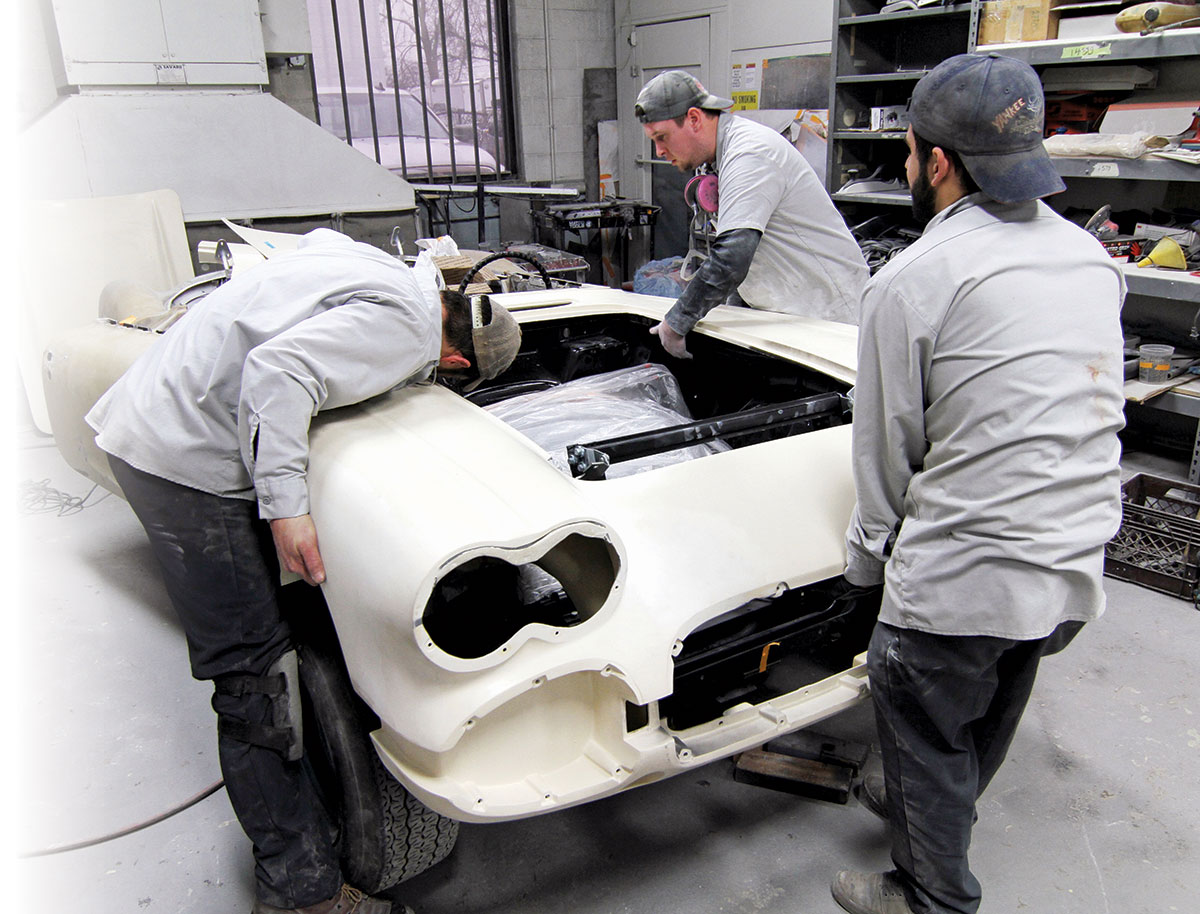
 Photography by The Author
Photography by The Authorarved on the ancient Greek Temple of Apollo is the proverb “Know Thyself,” a philosophical maxim that suggests self-awareness and honesty about how one’s limitations are fundamental to happiness.
For every enthusiast with a half-completed project under a tarp, those words might as well be spray-painted on his or her garage door. Sure, some of us get bogged down in a project when its needs exceed our skills, but most projects languish because of time—and the lack thereof, to be more specific.
The alternative is trusting your vintage Chevy to a restoration shop, but that can introduce a whole bag of new anxieties, as we’ve all heard the horror stories about projects gone awry. From shoddy workmanship and ballooning costs to shops that seem to evaporate overnight—with customers’ cars left unfinished or their more valuable parts disappearing into the night with the shop owner.
Committing to a restoration is a monumental and expensive undertaking, but while entrusting your vintage vehicle to a professional restorer demands a leap of faith, it should not be blind faith.
“The most important thing is finding an established business with a strong track record,” Werner Meier, the founder of a Masterworks Automotive Services, a restoration shop in the Detroit area with more than 40 years of experience primarily in Corvettes and other Chevys, says. “Bad news travels fast, so the reputations of shops spread quickly, especially when they’re not good. Ask around and listen to the experiences of others.”
IN SHORT: Do your homework. It may sound like obvious advice, but it can be a more challenging task for enthusiasts outside of larger urban areas where options are much more limited. That means venturing beyond one’s zip code and personal comfort zone may be the only viable option.
Even after the shop’s experience and apparent reputation are vetted, there are a number of questions to be asked to further reinforce their qualifications, while also rounding out your knowledge of their processes and procedures.
Ask for a shop tour. The owner should be happy to walk you through the facility and show you the projects in progress. Inspect the work on the other vehicles and ask questions about the extent of work, such as rust repair that has been made to them.
Ask how long the technicians have worked in the shop. Turnover is high in the restoration industry, especially with bodywork techs and painters, so it’s an encouraging sign if the shop has a good track record of retaining its staff.
Ask about the shop’s specific services. Some do engine work in-house and others farm it out. It’s the same with upholstery, so it’s important to be clear about the shop’s role in every aspect of the restoration. In some cases, you may leave the bodywork, paint, and assembly to one shop and entrust the mechanical refurbishments to another.
Ask if there’s a backlog of other projects. For a complete nut-and-bolt restoration, you can assume your car might be “under the knife” for perhaps a year, but some shops may have a waiting list of a year, 18 months, or longer. Ask how long the queue is before dropping off your car.
Ask how the shop will document progress. The best shops will send regular updates with photos depicting the progress of a customer’s project. It’s peace of mind—especially from a distance—that the restoration is moving forward, but also that the incremental payments for the work are being applied as the shop indicated.
Ask about a deposit and payment schedules. The shop will likely ask for a deposit in order to start the project, but in addition to that, there will be payments—or “draws”—throughout the project. They’ll often vary in amount, depending on the hours applied during each time period, along with any parts to be purchased, so be clear about how the shop expects to be paid during the restoration. Generally, $2,000-$3,000 should be a sufficient good-faith deposit to get the ball rolling. Be wary if the shop asks for something very large such as $10,000 for the deposit. They could be trying to cover other bases with your money.
Don’t shop by the hour. Regardless of one’s resources, the bottom line for many is the bottom line of the restoration itself: Cost—and it’s going to be a lot.
“There’s no way around it. For a full, rotisserie-type restoration, it could be 700-1,000 hours or more. It’s logical, then, to ask about the shop’s hourly labor rate, but it shouldn’t be a primary factor in selecting a shop,” Meier says.
“There is tremendous variation in the hourly labor rates charged by restoration shops, but the rate itself isn’t the only indicator in how much the job will cost in the end,” he says. “The few dollars you think you’re saving per hour may eventually add up to more in the long run if the shop spends more time on the car.”
One shop may have a lower rate but fewer technicians, who ultimately take longer than a shop with a higher rate but more craftsmen who may get the job done sooner. Also, a shop may subcontract more jobs than another, which also carries different costs.
A good chunk of that time is going to be carved out of the bodywork and paint. Hundreds of hours may be consumed in pre-paint block-sanding and post-paint color-sanding to achieve a flat, smooth appearance.
“We might have 400 hours into sanding and painting, and only 8 hours will actually involve spraying the color,” Nyle Wing, a longtime and recently retired restorer who specialized in vintage muscle cars says. “It’s all in the countless hours of blocking before the paint is applied and color-sanding afterward.”
Don’t tell the shop to take down the quality of the paintwork a few notches to save some money. Most will refuse.
“It’s hard for some to understand why a paintjob might be $40,000, when a body shop will paint a car for far less,” Wing says. “Restoration shops are not body shops. The work is different and that’s what you’re paying for. We simply do our level of detail with the paintjobs; take it or leave it.”
Werner Meier echoes those sentiments. “In the end, nobody is happy with a ‘cheaper’ paintjob,” he says. “For one thing, a still-expensive restoration just doesn’t look great in the end. The customer is ultimately disappointed and it’s the shop’s reputation on the line when others see the compromised work.”
And let’s be clear: A body shop is not a restoration shop. Some body shops will take on show-quality paintjobs and perhaps other elements of a restoration, but their bread and butter is in everyday collision repair. Among the many resto horror stories we’ve all heard are the ones about the car languishing in the body shop because it’s too busy with collision work.
It can also be frustrating when a restoration shop doesn’t offer a more definitive estimate when discussing the project. Unlike the very specific estimate of a body shop, that can easily be interpreted as evasive or even shady on the resto shop’s part, it’s mostly because the shop doesn’t know what it doesn’t know.
“There are ballpark prices we can offer for certain materials and specific aspects of the project, like the block sanding, but it’s very difficult to quote a price for the whole restoration when we haven’t torn down the vehicle to see what we’re really dealing with,” Meier says. “Even good-appearing cars with no apparent big issues can reveal a nightmare after the paint is stripped. We have to make the assumption that we are working with the worst-case scenario with every vehicle when it comes to rust, previous damage, and so on.”
That means the handshake deal for an agreed price often seen on cable TV car shows is just for the camera. Virtually no established, professional restoration shops operate that way. The projects are intentionally open-ended in order to leave room for the unexpected.
In the end, a restoration is an investment in the shop’s time and your money. Locating a restorer with the experience for your Chevy is the first step and asking the right questions after you find it will help ensure your classic gets the most from both.
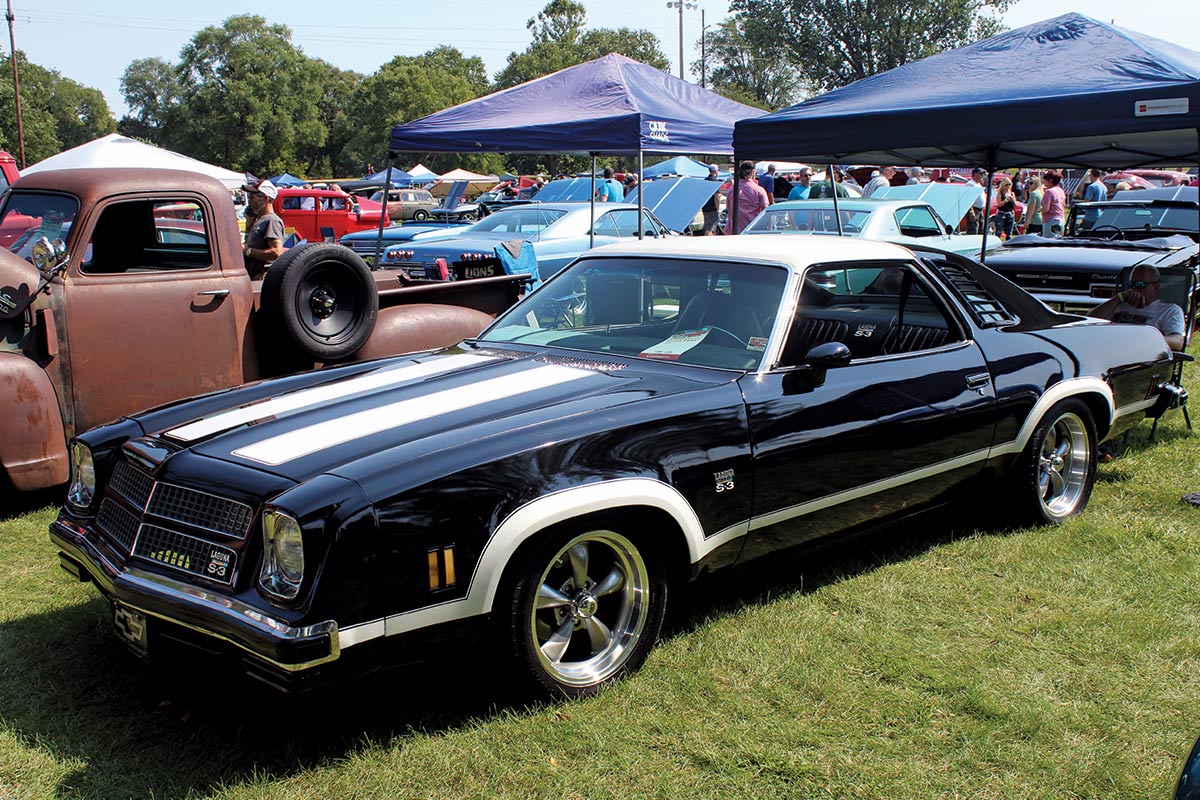

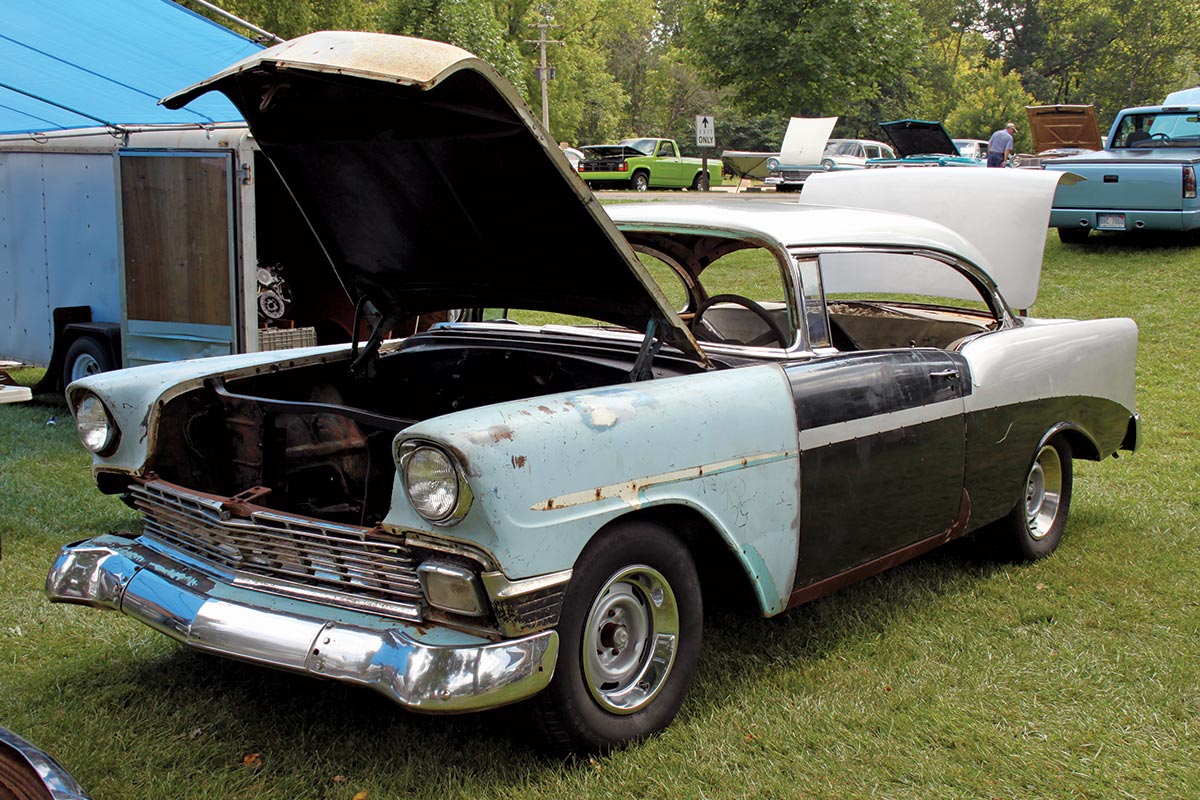
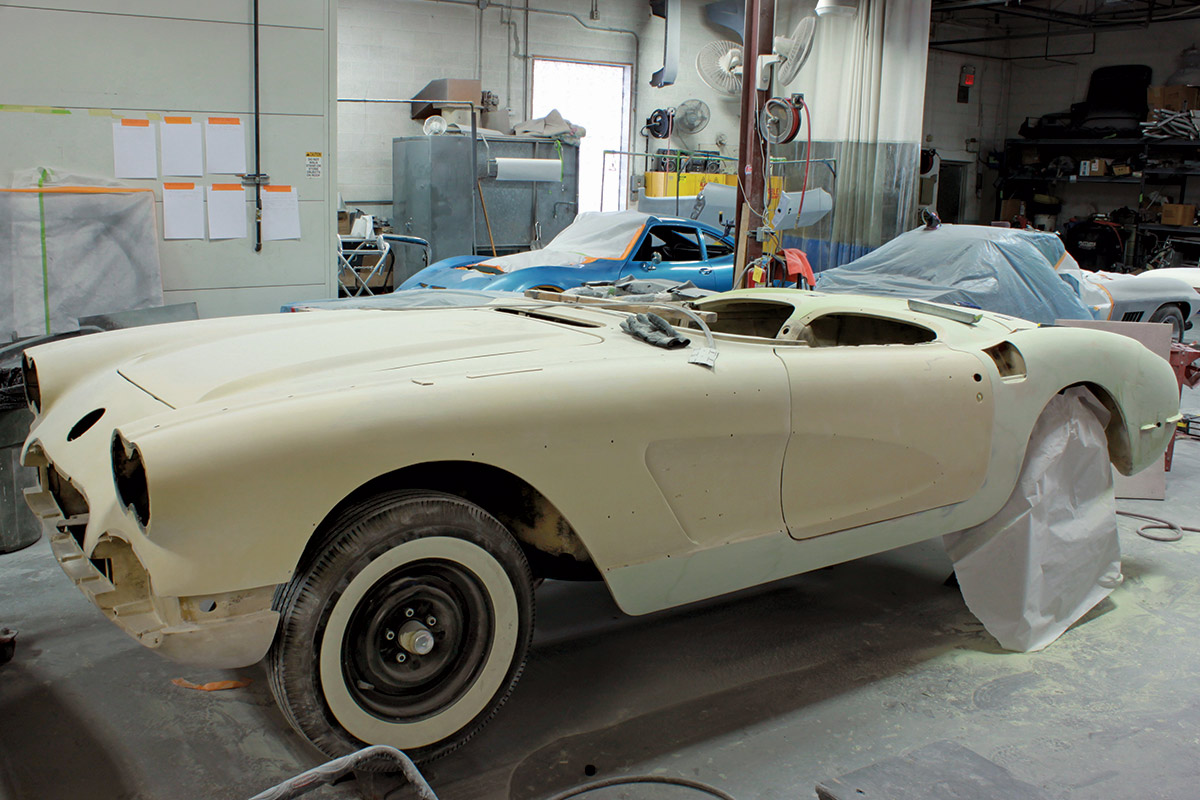
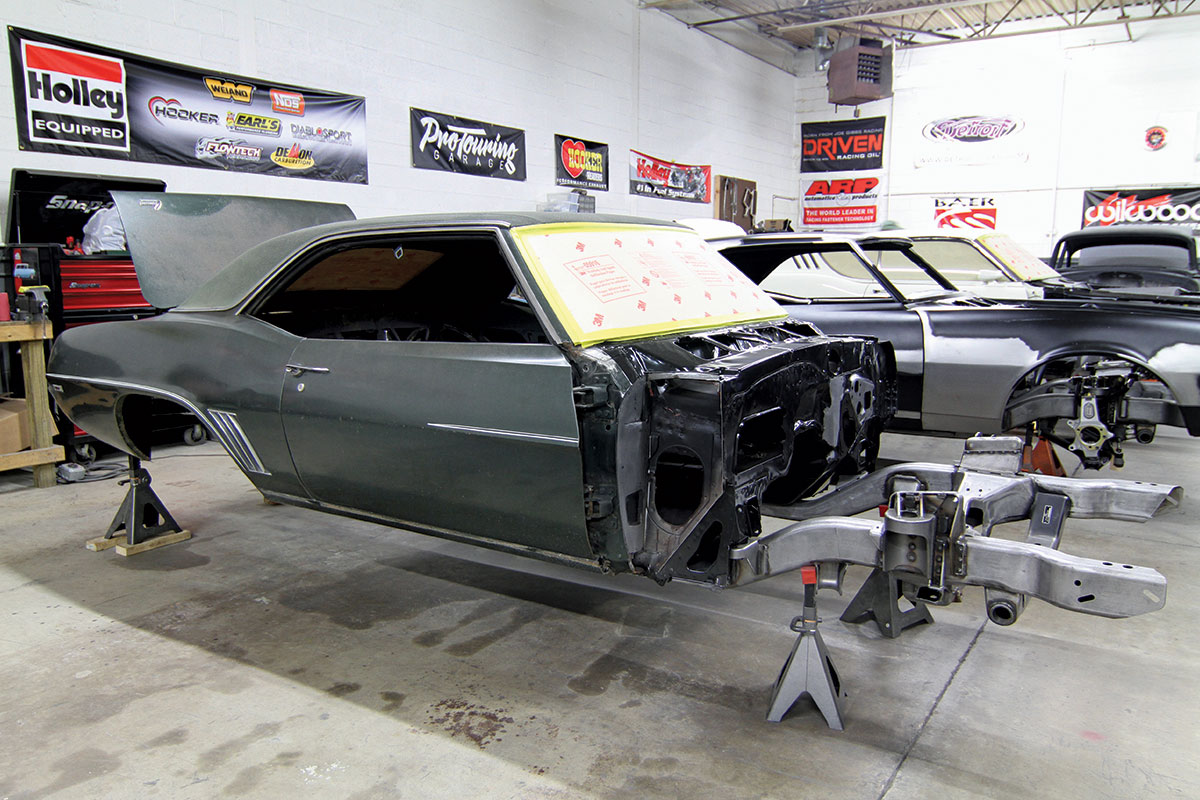


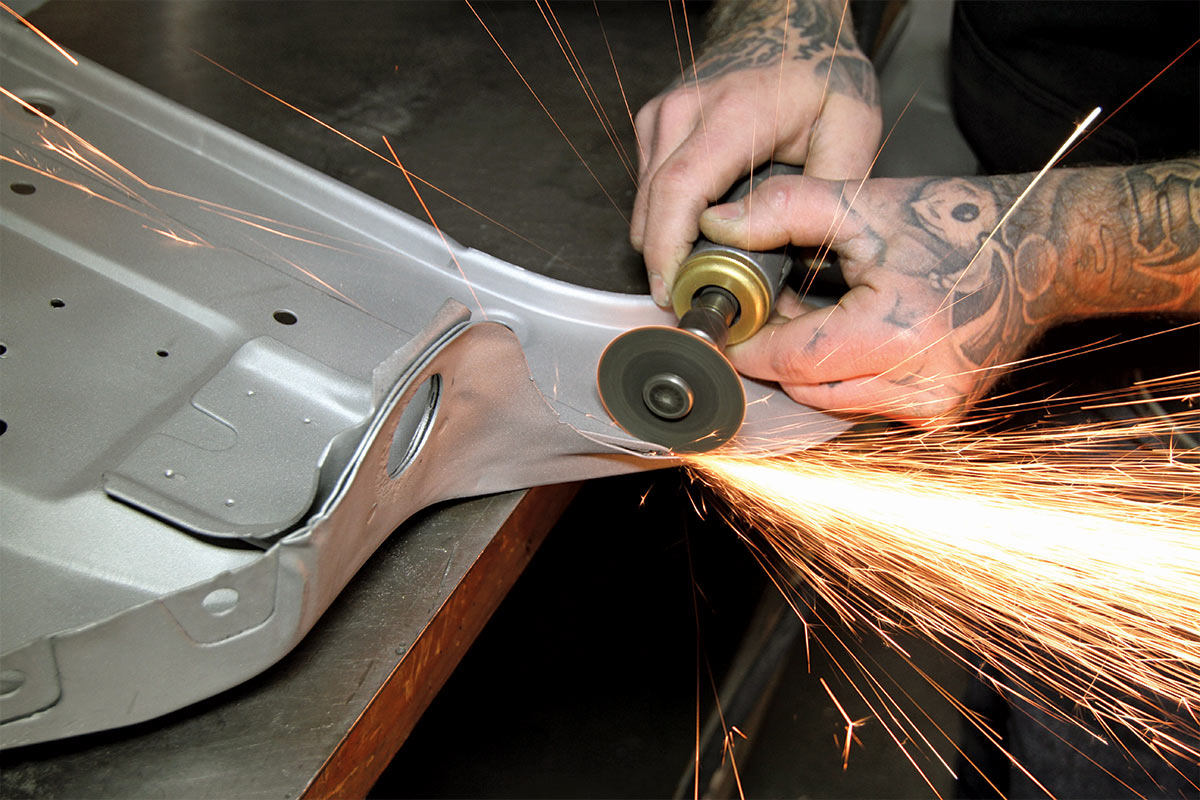
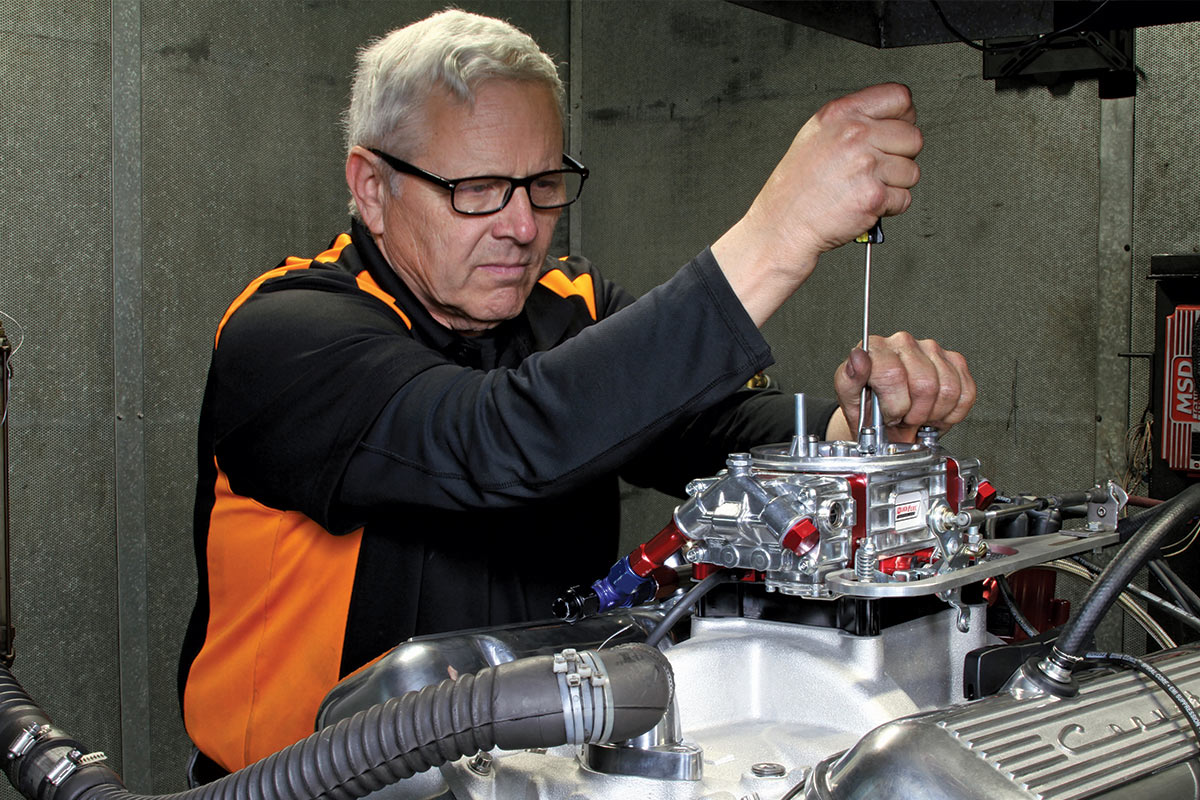



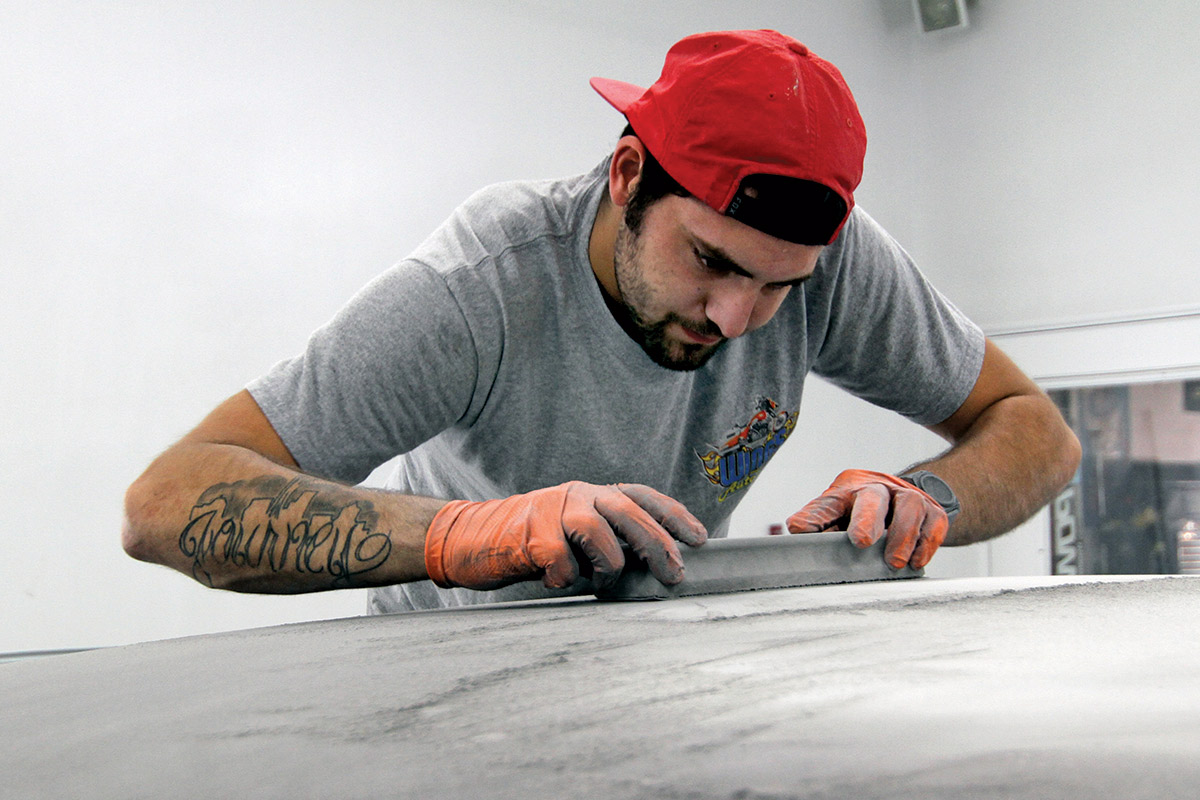
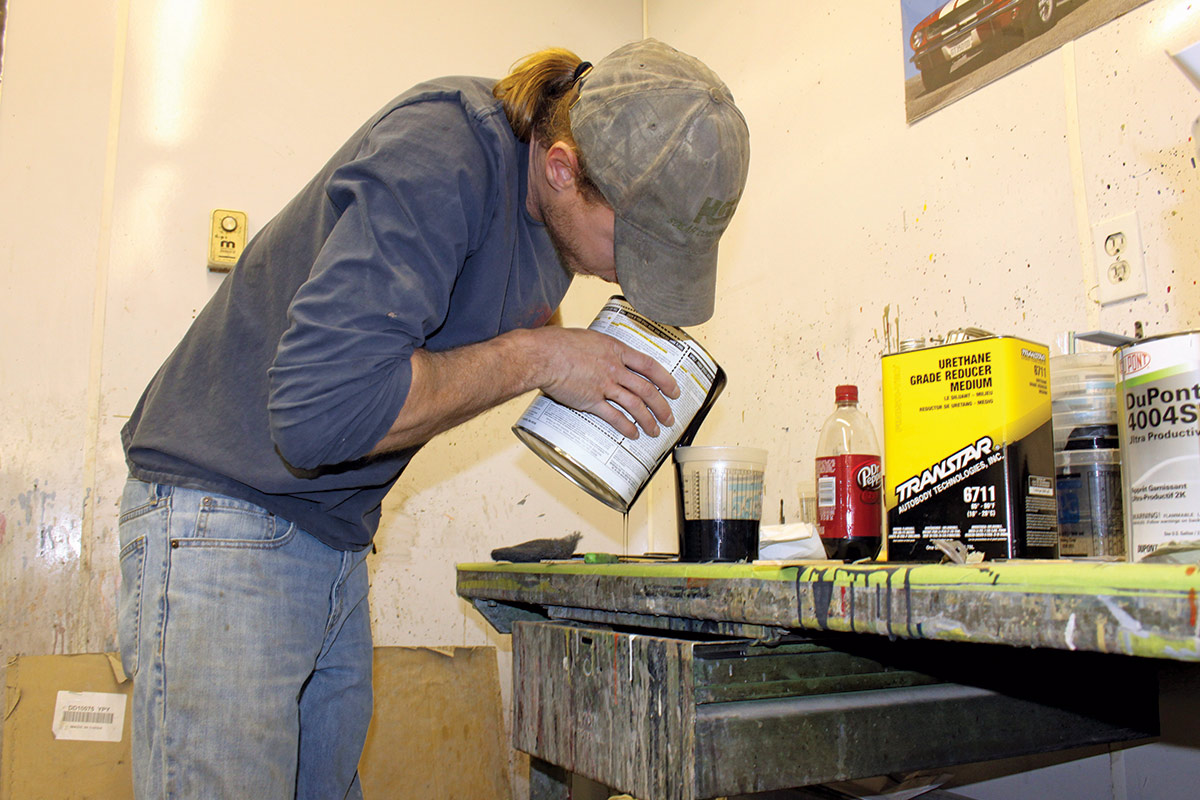
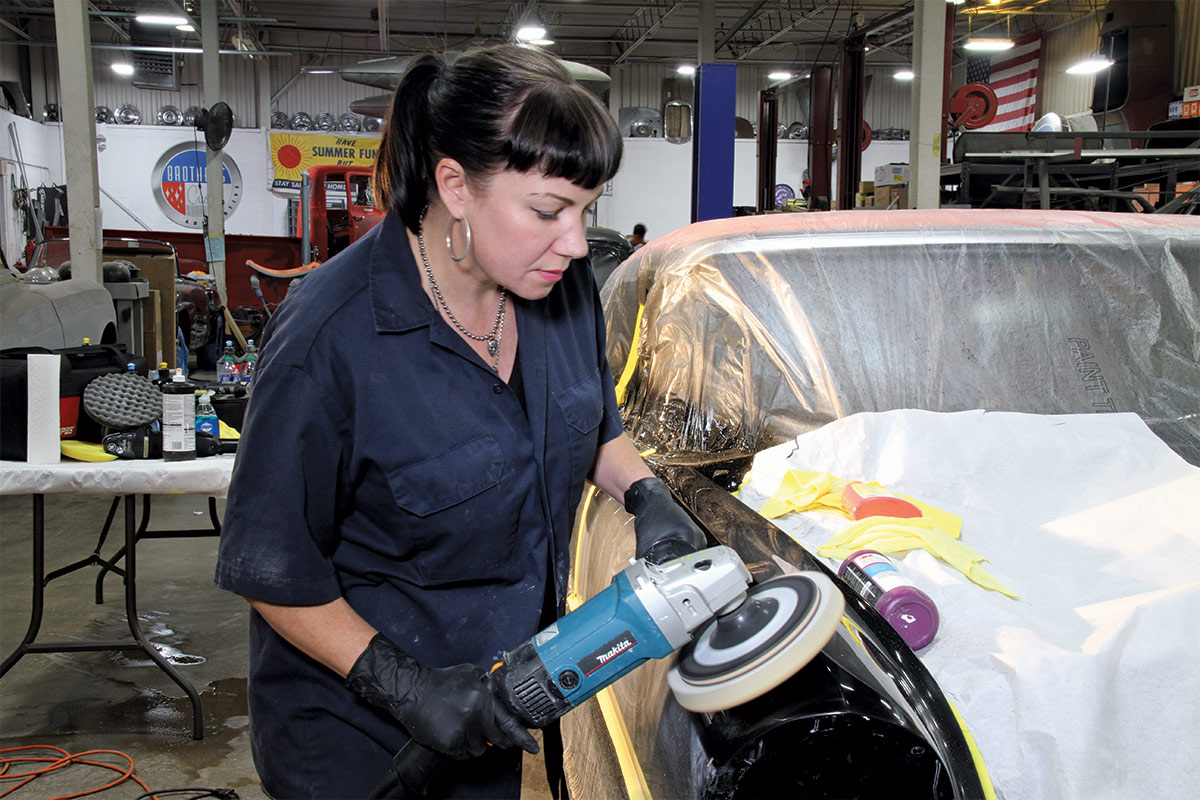
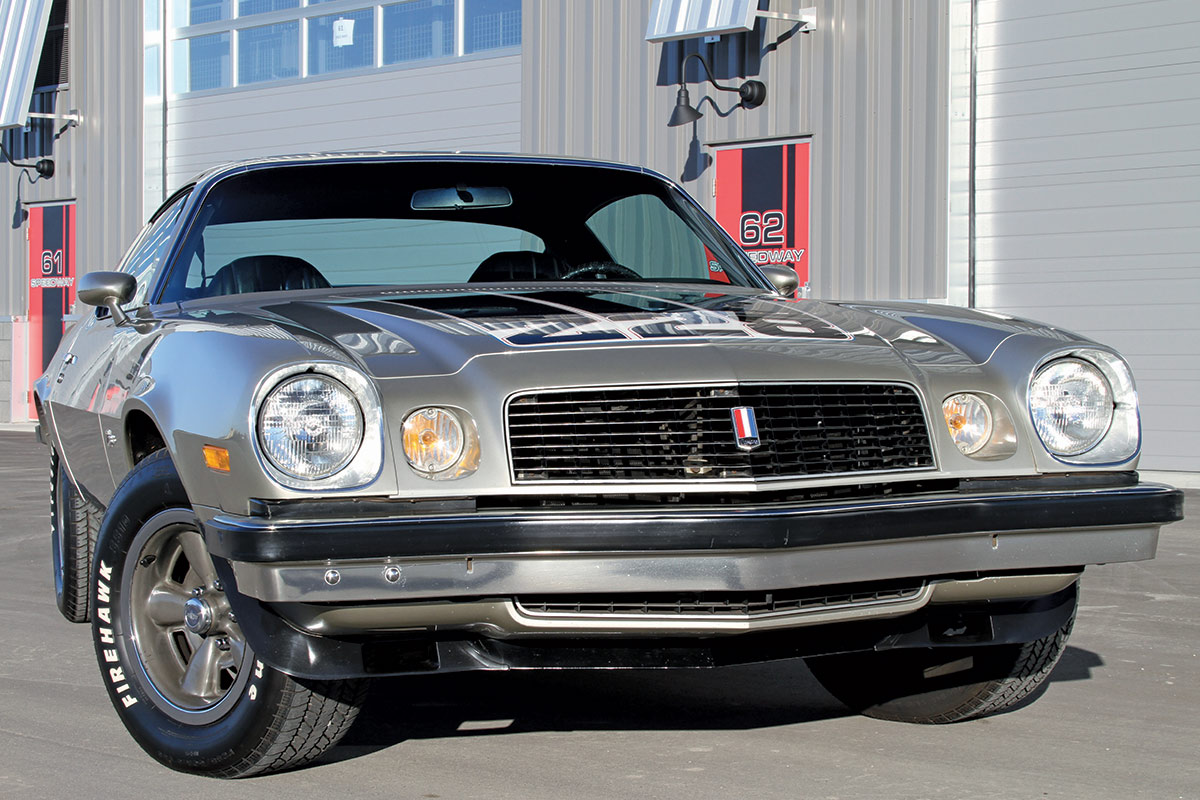
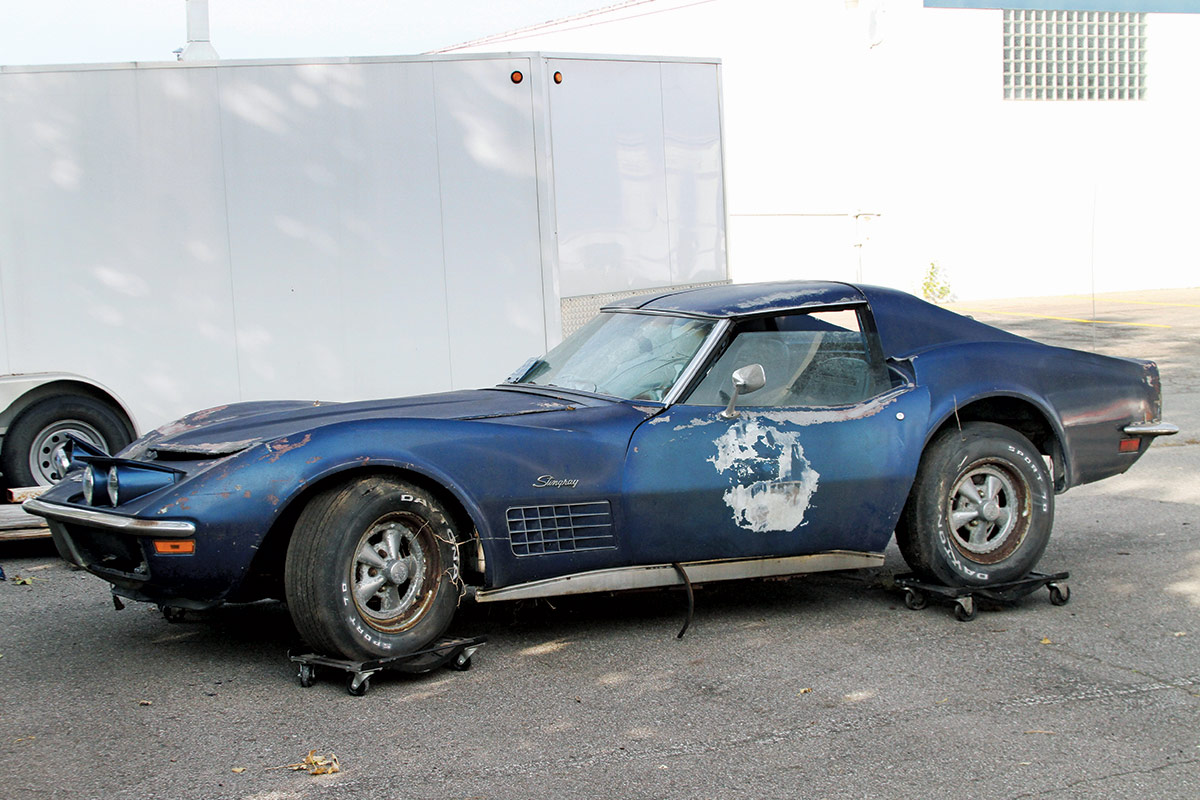
 SOURCES
SOURCES